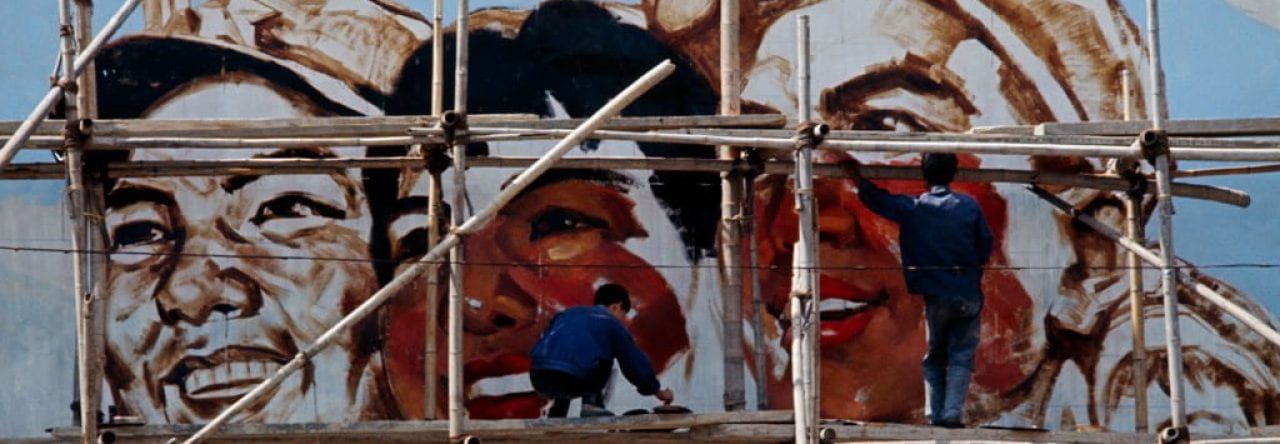
Sky Ladder is a performance art piece by Chinese contemporary artist Cai Guo-Qiang, known for his use of gunpowder in his art. The performance was first executed in 2012 in Sanxingdui, China, and then later in other locations such as Havana, Cuba, and Los Angeles, California.
The performance consists of a ladder which is made of metal rods and is attached to a balloon filled with helium which rises as the ladder is lit on fire. The result of this masterpiece of a display is a beautiful and ephemeral display of fireworks in the sky. This created a visual representation of a ladder, which was completely on fire, on its way to the heavens.
Cai Guo-Qiang’s use of gunpowder in his art is rooted in Chinese culture and history. Gunpowder was actually invented in China and has been used for centuries for both military and artistic purposes. Cai uses gunpowder to create large-scale installations and performances that explore themes of cultural identity, globalization, and the relationship between nature and humanity.
Sky Ladder is a particularly poignant example of Cai’s use of gunpowder, as it represents a universal human desire for transcendence and connection to the divine. The ladder is a symbol of progress and ascent, and was made even more powerful by its temporary and fragile nature. As the ladder burns away and disappears into the sky, viewers are reminded of the impermanence of life and the need to embrace the fleeting moments of beauty and connection.
Sky Ladder is a stunning and thought-provoking work of art that highlights Cai Guo-Qiang’s unique artistic vision and his ability to merge traditional Chinese cultural elements with contemporary artistic practices. By creating a literal ladder to the heavens, Cai invites viewers to consider their own relationship to the divine and to the larger universe around them.
Picture/info
Jaworowski, Ken. “Review: Fireworks in “Sky Ladder: The Art of Cai Guo-Qiang.”” The New York Times, 13 Oct. 2016, www.nytimes.com/2016/10/14/movies/sky-ladder-the-art-of-cai-guo-qiang-review.html. Accessed 21 Apr. 2023.
More info/great film
Macdonald, Kevin . “Watch Sky Ladder: The Art of Cai Guo-Qiang | Netflix Official Site.” Www.netflix.com, 14 Oct. 2014, www.netflix.com/watch/80097472?trackId=14277281&tctx=-97%2C-97%2C%2C%2C%2C%2C%2C%2C80097472%2CVideo%3A80097472%2C. Accessed 21 Apr. 2023.


Alexander Mendel
Such a cool photo and description. I really liked the concept of what happens after the firework disappears- “the need to embrace the fleeting moments of beauty and connection”. Maybe there is also something to be said about the firework remnants that fall to the ground powdered with black soot which don’t “disappear”. I will consider this aspect of time and the implications of absence in my own project (Zeng Fanzhi and masks). Something that strenghtened the perspective for my project which could help you is exploring the mental state of the Chinese population when the firework display was first done. Were there any specific movements/protests/holidays at the time that this was done, which give the firework display more meaning? For mine it was people pushing for a wave of freedom, after the Tiananmen Protests.